Kathmandu presented a number of learning experiences for us. We watched as kids played in the streets with what they had. Their faces showed that they were genuinely happy. Some seemed to be having more fun than others, but that's the way it goes when you're playing games.
We were followed by children down the street as we explored and they practiced their English with us. Another day of taking the lesser know trails out through town and we found ourselves mixing with the locals.
As desperate as the situation may look in comparison to where we come from, many here are contented and have more joy in their lives than those I know back home who have everything they could want within their reach. A peculiar phenomenon was noticed on this stroll through town. We saw a large number of infant girls with makeup applied to their faces. The penny was still in the air on this matter for me and would be for a few days yet.
As we wandered further into the urban depths we encountered greater degrees of desperation as the chasm between the 'haves' and the 'have nots' even on a local scale was more pronounced.
We had wandered that far out of town that we found a small satellite camp where those who could not afford housing for themselves made do with ramshackle structures and makeshift tents.
These were from our travels prior to the 2015 earthquakes, which to me really highlights that before this metaphoric kick to the guts that Nepal was in a tough spot. On a later visit to Kathmandu after the earthquakes, the destruction was not as widespread as the media had hyped.
Reconstruction works were well underway in areas of Kathmandu that saw locals pitching in to clean up the mess and fix the roads. On a visit to Swayambhu, also known at the Monkey Temple, which had been hit hard by the earthquakes, I found this little message to the world set up by someone as a sign of national pride, resilience and hope.
Tourism accounts for the majority of the Nepalese economy and there was a bad message being sent to the world about how unstable the country was.
In what we saw there was damage. People were putting their lives back together, but the process seemed very long and slow. It was not aided by the absence of trade from the tourist dollar.
We did what we could on our return visit with the short time we had to give something back and inject some money into the market for the people we dealt with.
Through sharing this story and the magic of this beautiful place I hope to inspire others to visit Nepal and bring trade that will employ people, rather than suggest donations of foreign aid.
This country has a very high unemployment rate and what people really need is the motivation of a sense of value in what they are doing to make a living. Not a handout that dis-empowers them. Something to inspire and motivate so they learn to fish and can feed their children's children for generations to come.
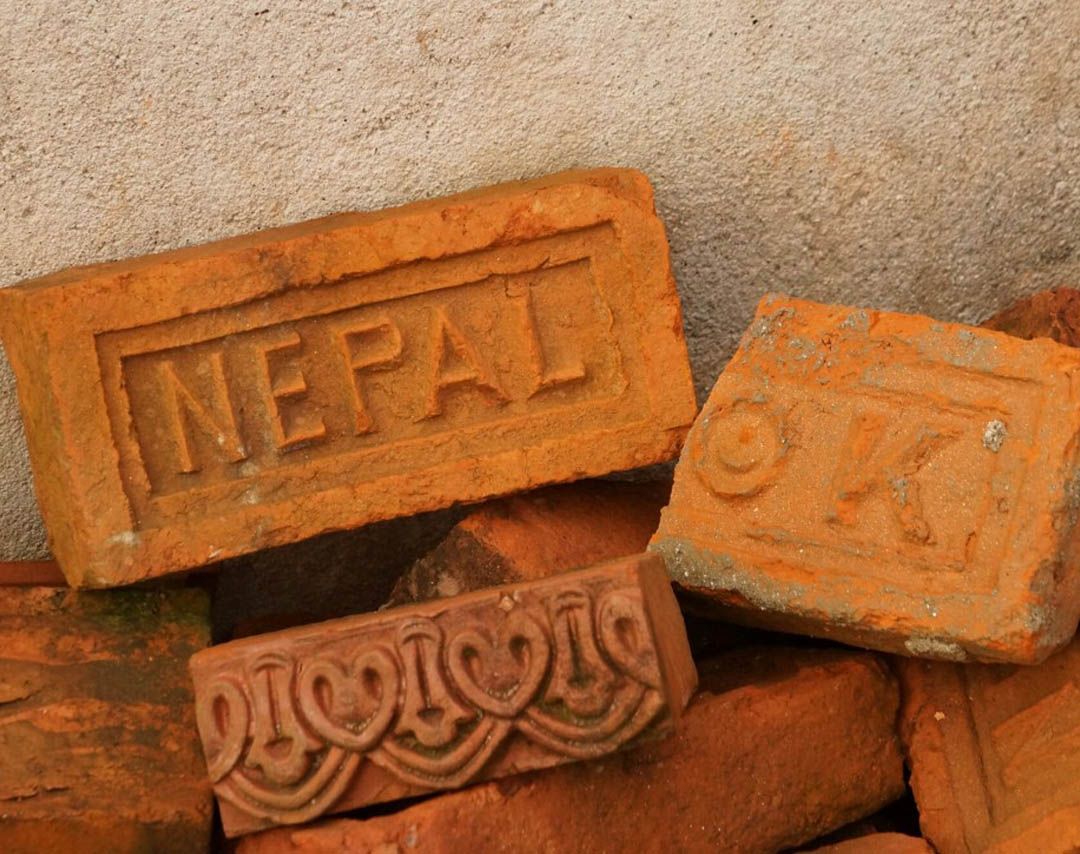

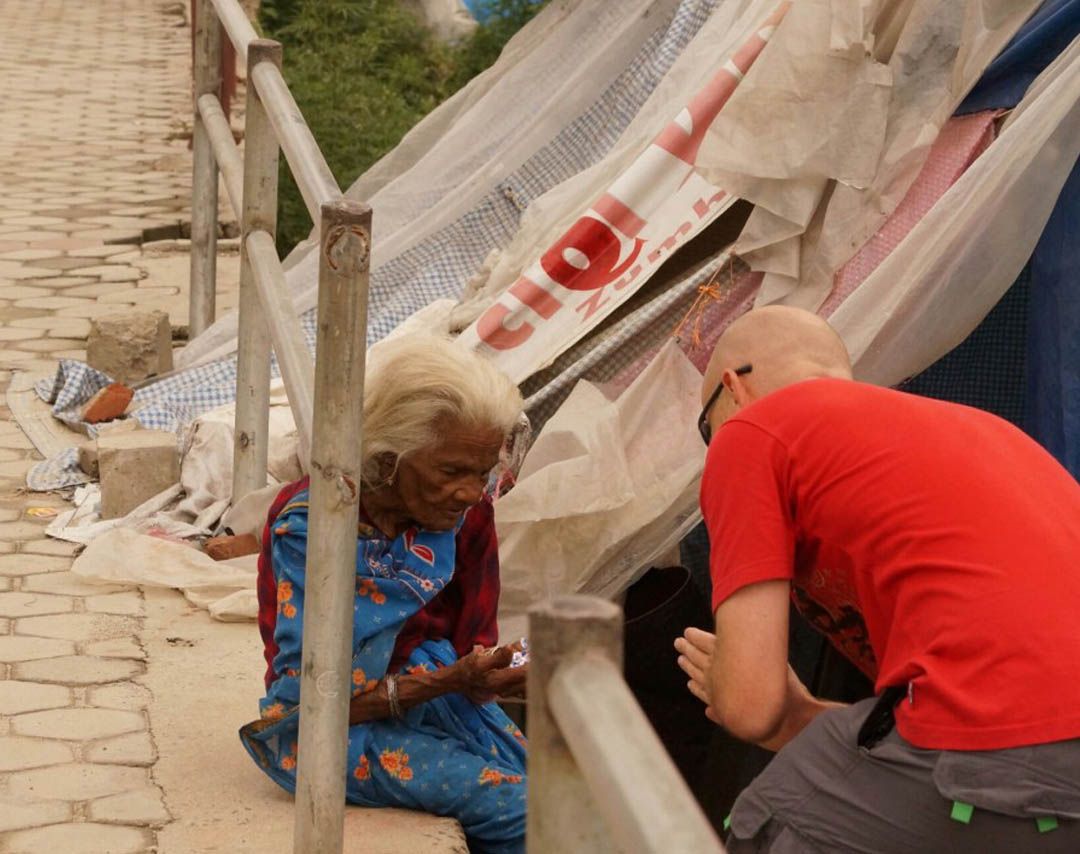

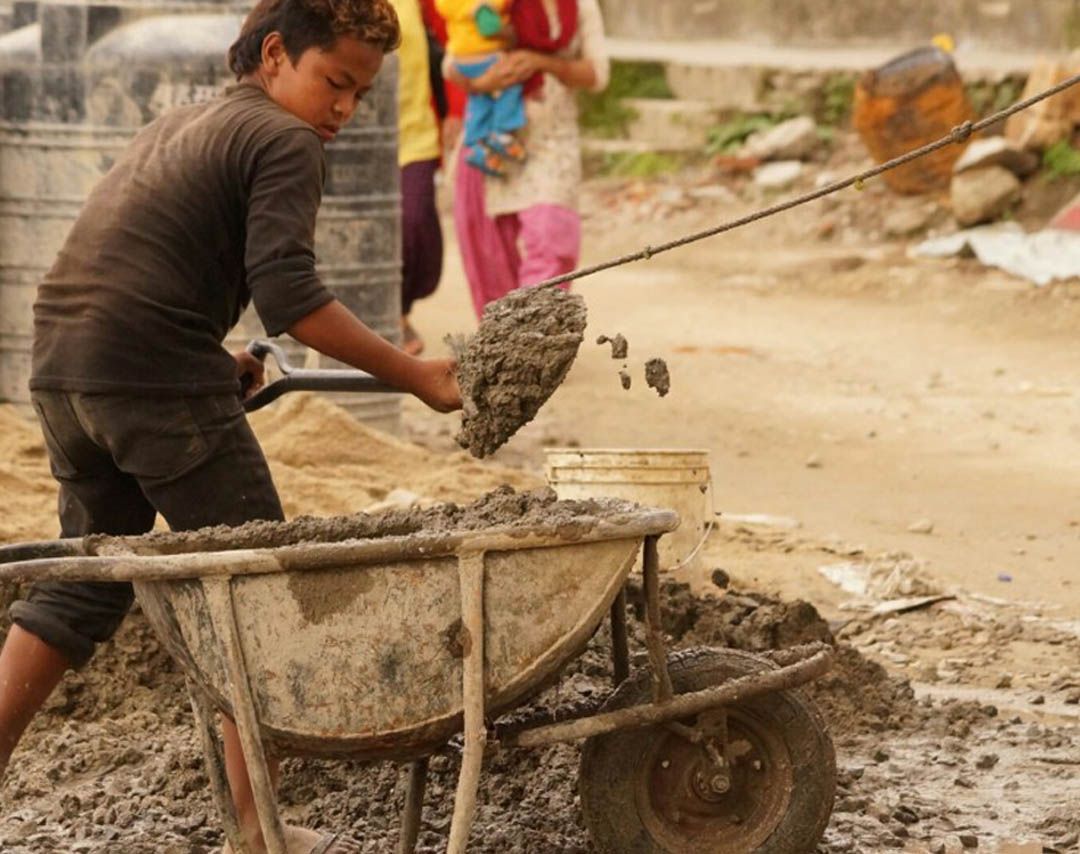
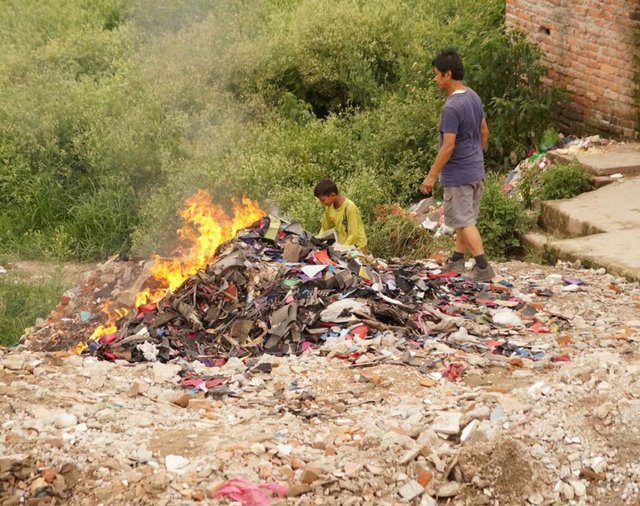
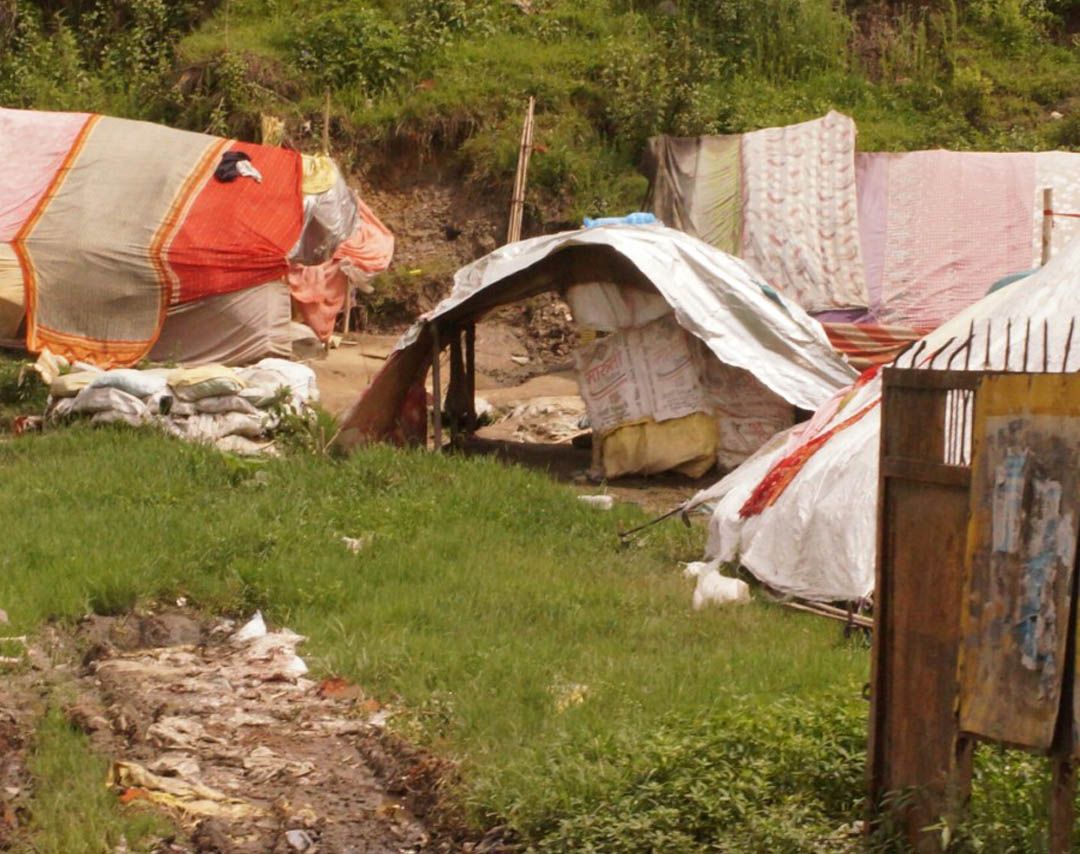
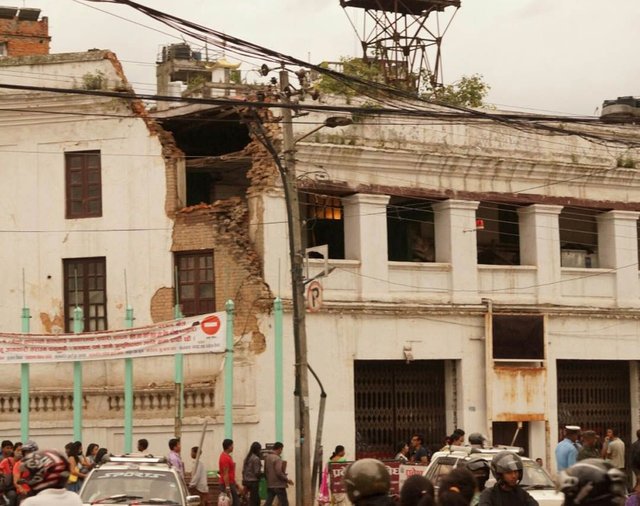
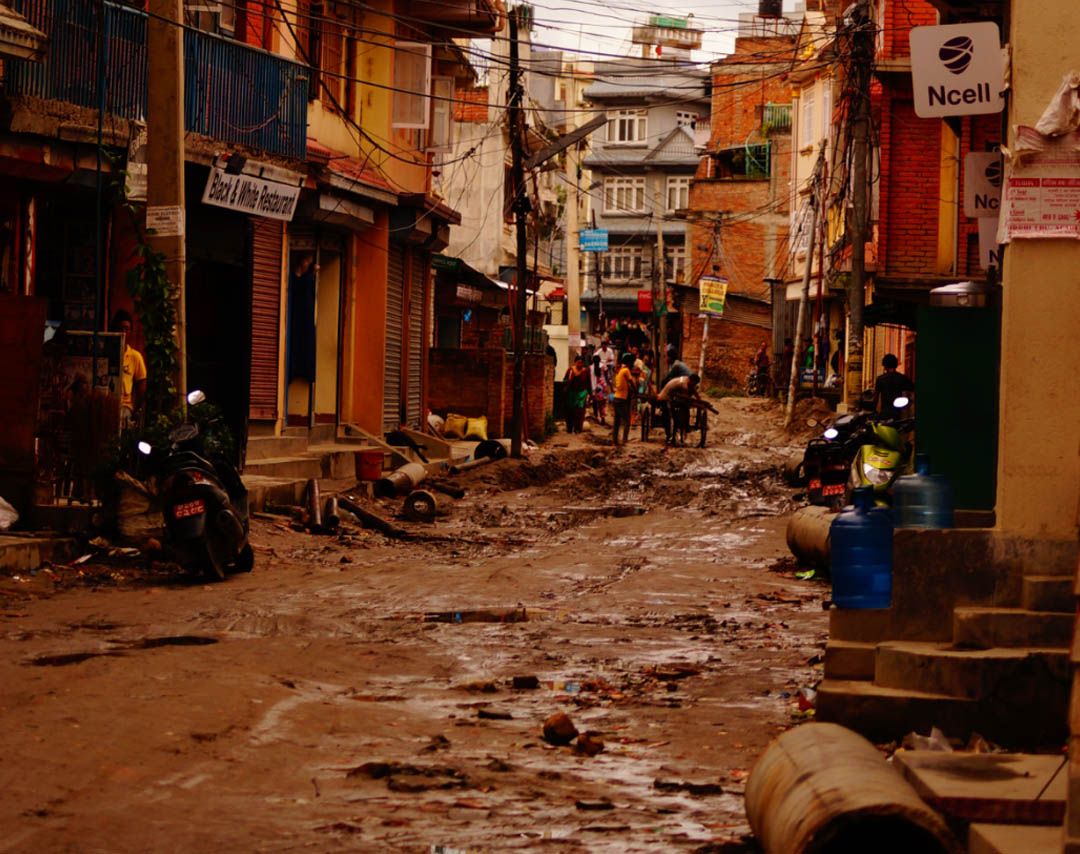
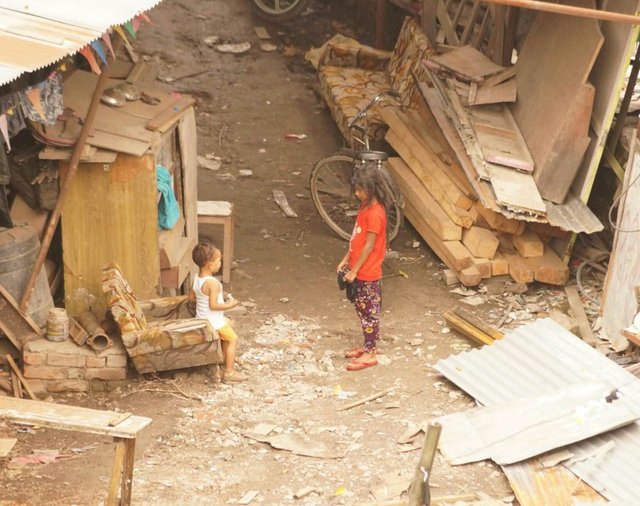
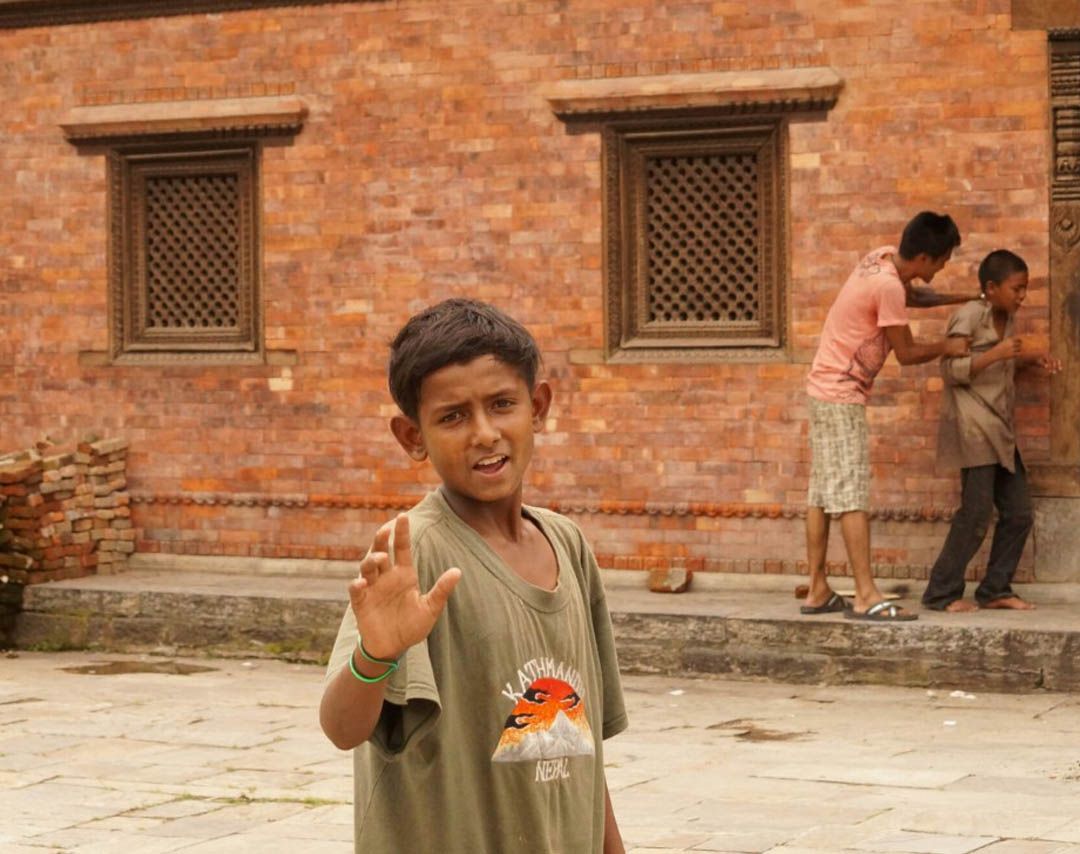
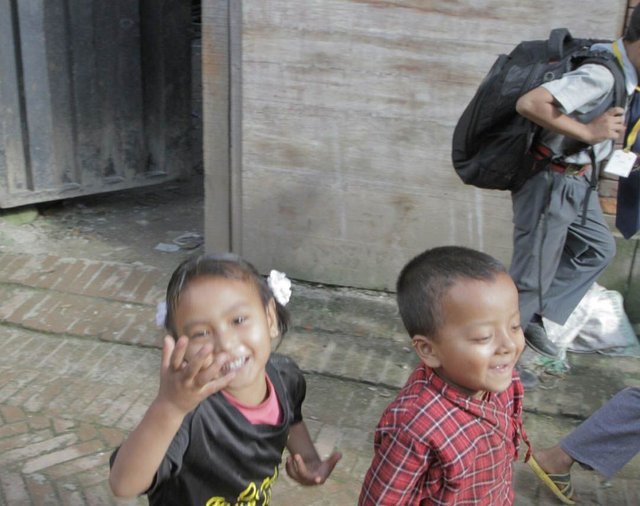
This was originally posted on my blog at Living The Bucket List and shared here to add value to the Steemit Community.
Have you traveled through Nepal, or is it a place you want to visit? Share your comments below.
Come along for the ride and follow me on the adventure from the beginning at:
A Month In Nepal - Day 1
A Month In Nepal - Day 2
A Month In Nepal - Day 3
A Month In Nepal - Day 4
A Month In Nepal - Day 5
A Month In Nepal - Day 6
A Month In Nepal - Day 7
A Month In Nepal - Day 8
A Month In Nepal - Day 9